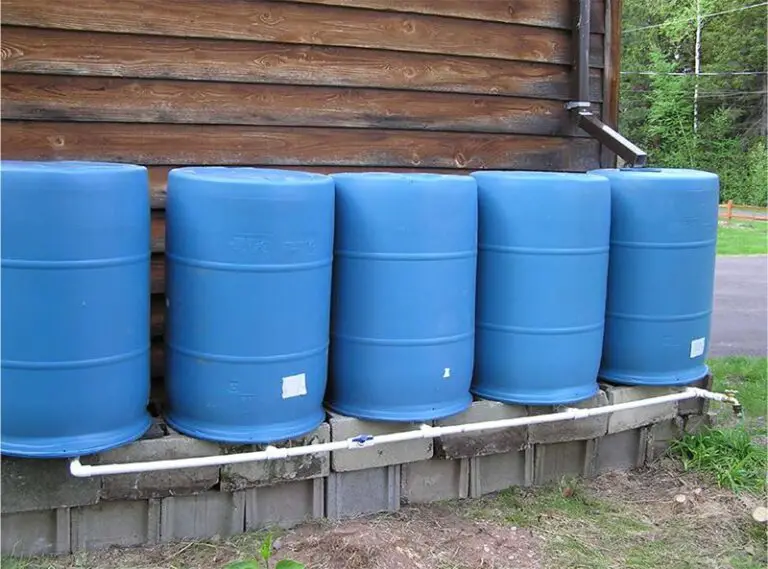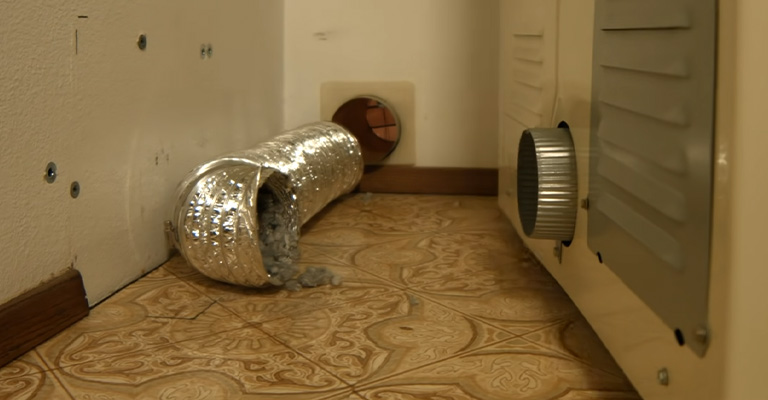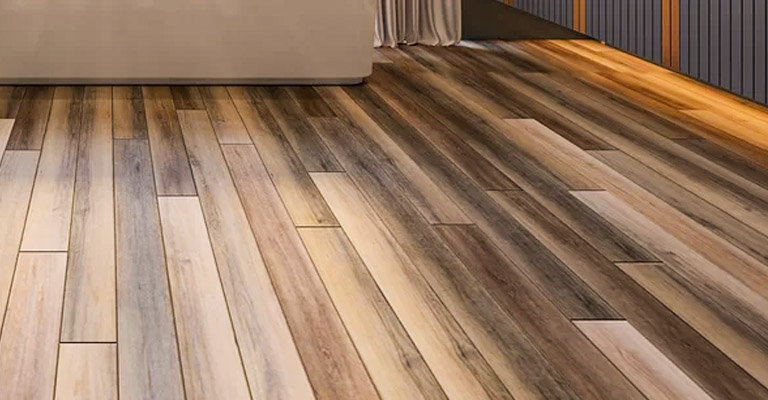10 Easy Home Upgrades for Better Sustainability
In our rapidly changing world, sustainability has shifted from a nice-to-have to a must-have. With climate change knocking on our doors louder each day, it’s clear that every action counts. But where does one start? Interestingly, the journey to a more sustainable future can begin right at home. By implementing small yet significant changes, we can make strides in reducing our environmental footprint. Let’s explore 10 easy home upgrades that not only promise a greener future but also offer a more sustainable way of living, right now.
1. Switch to LED Lighting
Lighting is essential, but it doesn’t have to be a burden on your electricity bill or the environment. Enter LED bulbs: a beacon of efficiency in the sea of traditional lighting options. They use at least 75% less energy than incandescent lighting, which means significant savings on your utility bills and a step forward in reducing energy consumption. What’s more, LED bulbs last longer, reducing waste and the frequency of replacements. This longevity and efficiency make LED lighting an environmentally friendly choice that aligns with a sustainable lifestyle. By adopting LED bulbs, you’re not just lighting up your home; you’re also contributing to a greener planet. Isn’t it time to make the switch and see the difference firsthand?
2. Choose Sustainable Decking Materials
Outdoor living spaces are extensions of our homes, places where memories are made. But have you considered the impact of your decking materials on the planet? Deck builders now recommend sustainable options like composite decking, which combines recycled wood and plastic to create a durable, eco-friendly alternative to traditional wood. Composite decking not only lasts longer but also requires less maintenance, making it a wise choice for the environmentally conscious homeowner. It’s a prime example of how choosing sustainable materials can lead to a beautiful, low-impact outdoor space. For more insights, visit EcoBuilding Pulse for the latest in sustainable building materials.
3. Install Low-Flow Water Fixtures
Water is a precious resource, yet everyday activities in our homes can lead to unnecessary waste. Low-flow water fixtures, including toilets, showerheads, and faucets, are designed to use less water without compromising performance. By installing these fixtures, you can reduce your water consumption by up to 60%, a simple change with profound implications for both the environment and your water bill. The Environmental Protection Agency’s WaterSense program offers a wealth of information on water-efficient products that can make a difference.
4. Upgrade to Energy-Efficient Appliances
Appliances are the workhorses of our homes, but they’re also major energy consumers. When it’s time for an upgrade, choosing energy-efficient models is a smart move. These appliances are designed to do more with less energy, cutting down on utility costs and reducing your home’s carbon footprint. From refrigerators to washing machines, energy-efficient options are available in nearly every category. The Energy Star program is an excellent resource for finding products that meet strict energy efficiency guidelines set by the U.S. Environmental Protection Agency.
5. Improve Home Insulation
Insulation is like a cozy blanket for your home; it keeps you warm in the winter and cool in the summer. But more importantly, it reduces the need for heating and cooling, which are significant energy expenses. Upgrading your home’s insulation with eco-friendly materials can significantly cut energy consumption. Materials like sheep’s wool, recycled cotton, and spray foam offer excellent insulation while being kinder to the environment. This upgrade not only improves comfort but also contributes to a more sustainable home.
6. Use Smart Thermostats
Smart thermostats go beyond mere temperature control; they learn your habits and adjust your home’s heating and cooling to fit your schedule. This means less wasted energy and more savings on your energy bills. Moreover, many smart thermostats can be controlled remotely, offering convenience alongside efficiency. It’s a win-win: you save money and reduce energy use, contributing to a healthier planet.
7. Adopt Solar Power
Solar power is arguably one of the most impactful ways to enhance your home’s sustainability. By harnessing the sun’s energy, you can reduce reliance on non-renewable energy sources and potentially save on energy costs in the long run. While the initial investment may be significant, the long-term benefits for both the environment and your wallet are undeniable. Considering solar? The U.S. Department of Energy’s Solar Energy Technologies Office provides valuable information on solar technologies and incentives.
8. Plant a Vegetable Garden
Growing your own food is a rewarding way to reduce your carbon footprint. It eliminates the transportation emissions associated with store-bought produce and provides you with fresh, healthy food. Whether you have a large backyard or a small balcony, starting a vegetable garden is possible and beneficial. Plus, gardening is a relaxing hobby that connects you with nature, offering mental and physical health benefits.
9. Utilize Rainwater Harvesting Systems
Collecting rainwater for reuse in your garden or for other outdoor purposes is a simple yet effective way to conserve water. Rainwater harvesting systems can range from basic barrels to more sophisticated setups. By capturing and utilizing rainwater, you reduce dependence on municipal water supplies and make the most of a natural resource. This practice supports sustainable water management and can lead to savings on water bills.
10. Invest in Eco-Friendly Paint
The choice of paint can significantly impact indoor air quality and the environment. Eco-friendly paints, free from or low in volatile organic compounds (VOCs), offer a healthier option for your home and the planet. These paints reduce the release of harmful chemicals into the air, contributing to better indoor air quality and reducing environmental pollution. Next time you’re planning a home renovation, consider choosing eco-friendly paint options for a safer, greener home.
Conclusion
The journey towards a more sustainable lifestyle starts with small steps, and your home is a great place to begin. These 10 easy upgrades offer a path to reduce your environmental impact without sacrificing comfort or convenience. Whether you’re installing energy-efficient appliances, adopting solar power, or simply switching to LED lighting, each action contributes to a larger change. It’s about making conscious choices that benefit both our lives and the planet. Remember, sustainability starts with us, and every effort counts in our shared journey toward a greener future.



